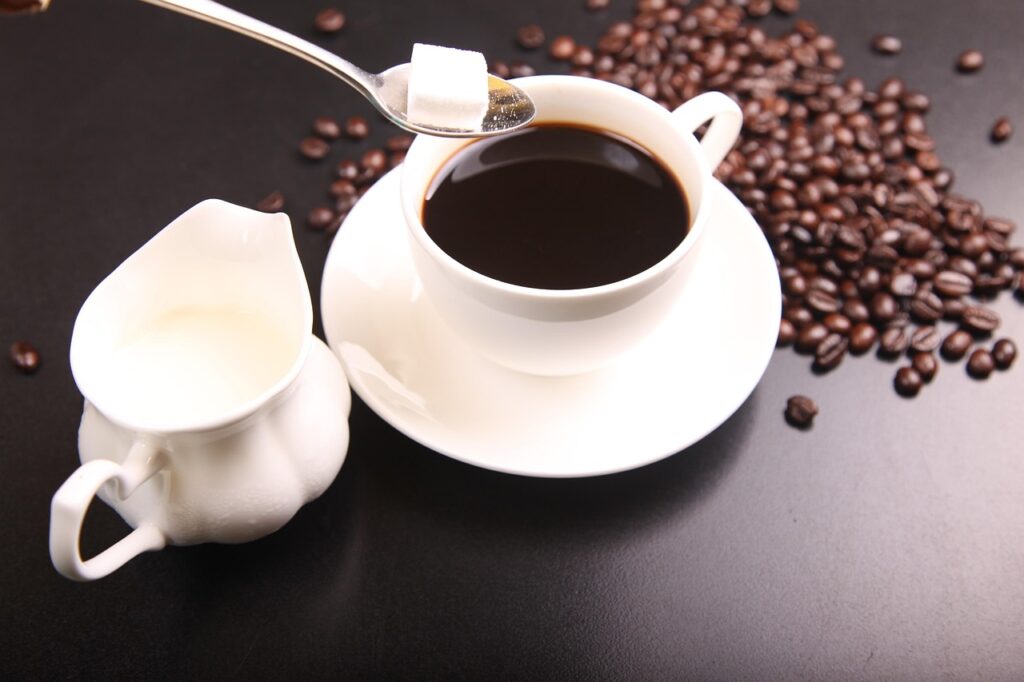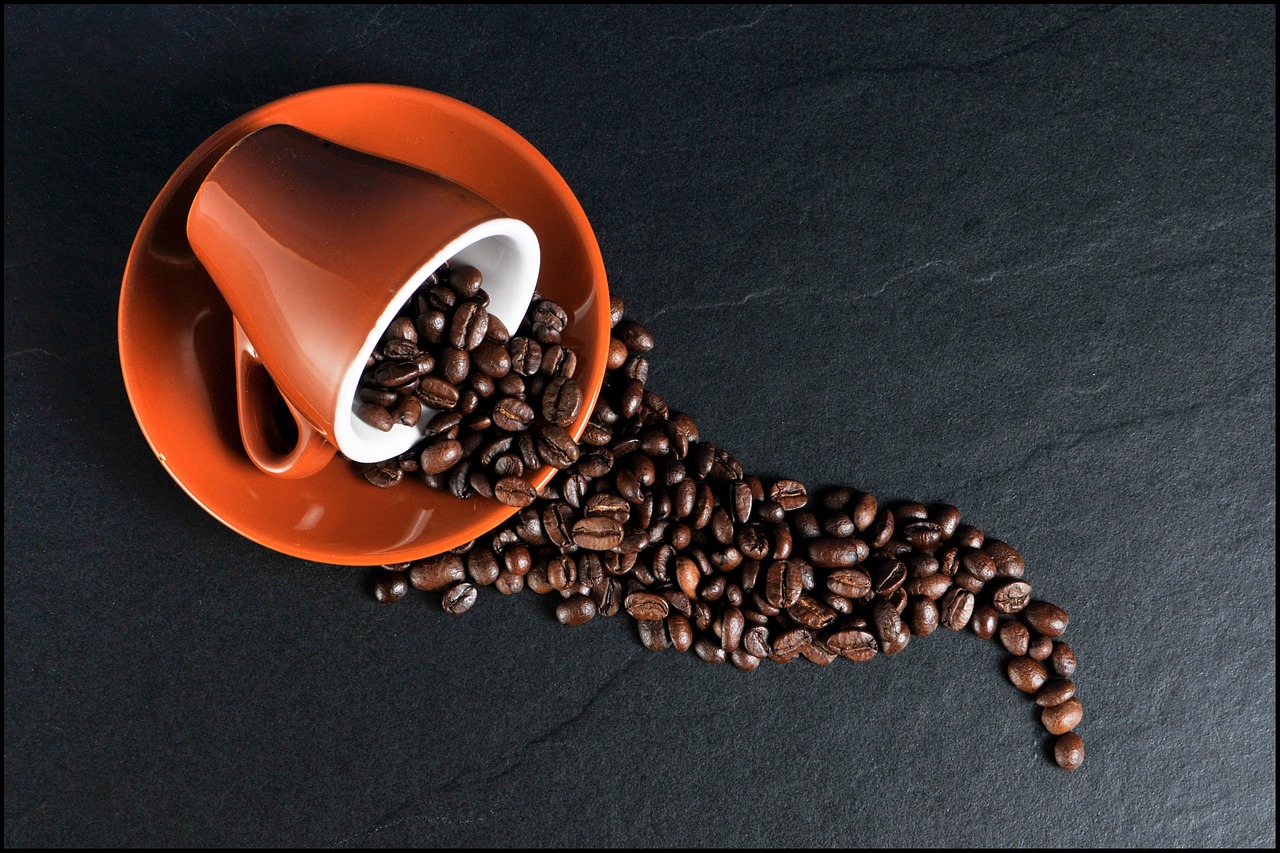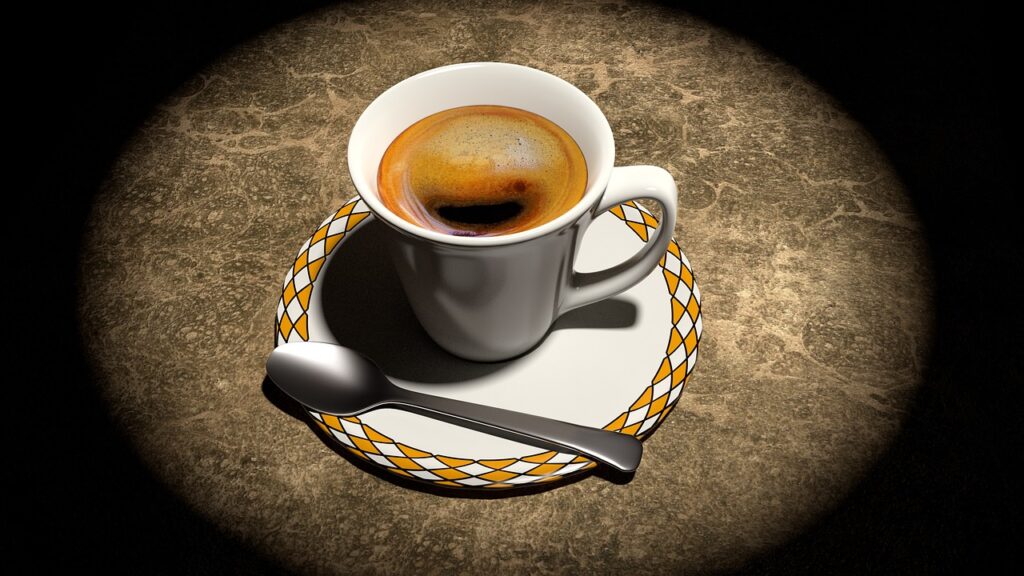The coffee market is booming, with projected U.S. retail coffee sales reaching $20.8 billion in 2023, largely driven by price increases. This growth isn’t just about price; it’s a dynamic landscape shaped by evolving consumer desires, from value-seeking behaviors in uncertain economic times to a high demand for premium at-home experiences. Experts like Caleb Bryant, associate director of food and drink at Mintel, and Sally Lyons Wyatt, global executive vice president and chief adviser at Circana, highlight a fascinating push and pull.
Consumers are simultaneously buying less expensive private-label coffee to save money, with 19% reporting this behavior. Yet, 16% also report creating more specialty coffee drinks at home, and another 16% treat themselves to more expensive coffee more often. This reflects a market adjusting to current climates, where premium offerings are actually driving growth in the category, gaining 3.1 percentage points of share from 2018-2022 and continuing positive growth into 2023.
This vibrant industry also sees significant shifts thanks to younger generations. Gen Z, with its increasing spending power, is dubbed the “biggest” trend impacting the coffee market, gravitating towards new experiences like cold brew and flavored varieties over traditional hot coffee. Social media, too, plays a pivotal role, spurring growth and influencing preferences with viral trends and influencer-driven concoctions. This has led to a fascinating paradox: while convenience and unique brewing processes drive innovation, the sheer freedom of customization has also birthed some truly wild — and occasionally dreaded — drink orders.
Indeed, as you step into any cafe, the menu can be a dizzying array, and social media has only amplified the possibilities with innovative new beverages like the “Dubai Chocolate Matcha” or “Cookie Frap.” But while customers enjoy skies-the-limit freedom, there’s a quiet side to the coffee counter. Baristas, with their expert hands and endless patience, sometimes harbor a secret dread for certain orders. They might grin and bear it, but behind the steam wands and espresso machines, some requests just make their day a little tougher. So, let’s pull back the curtain and peek into the coffee shop secrets, exploring some of the menu drinks and customizations baristas quietly wish you’d think twice about.

1. **Any Frappuccino (Especially the Mocha Cookie Crumble)**Ah, the Frappuccino. For many customers, it’s a delightful, frosty treat, a perfect blend of sweetness and chill, often adorned with whipped cream and tempting drizzles. Its popularity is undeniable, especially for those seeking a more indulgent, dessert-like coffee experience. However, for the person behind the counter meticulously crafting your beverage, a Frappuccino order, particularly some of the more elaborate versions, can often signal a significant spike in workload and a minor surge of silent exasperation.
Former Starbucks employee Kaleigh French, for instance, tells Delish, “One drink I literally hated making was, well, any Frappucino.” She candidly explains that these blended beverages are “just so annoying to make,” pointing specifically to the “Mocha Cookie Crumble” as a prime culprit due to its “lot of steps to it.” This isn’t just about the physical act of blending; it’s the cumulative effect of multiple ingredients, specific layering, and the intricate assembly that transforms a simple request into a multi-stage production. Each component, from the base syrup to the various powders and toppings, demands precise measurement and careful integration.
Imagine the organized chaos of a busy coffee shop, with multiple orders flowing in. A single Frappuccino, especially one as complex as the Mocha Cookie Crumble, can monopolize a blender, take up valuable counter space, and require a barista’s full attention for several minutes. This can disrupt the flow of other orders, leading to longer wait times for everyone else in line. It’s not that baristas dislike making delicious drinks; it’s the sheer inefficiency and labor intensity these particular beverages introduce into an already fast-paced environment that makes them a quiet source of dread.
Moreover, the specific consistency and visual appeal of a Frappuccino are often what customers are looking for, which adds pressure on baristas to execute perfectly. The delicate balance of ice, liquid, and flavoring has to be just right to achieve that signature smooth, thick texture. If it’s too icy, too watery, or not blended enough, it risks disappointing the customer. So, while you might be envisioning a delightful, effortless concoction, your barista is often navigating a challenging dance of precision, speed, and mess management, all while maintaining a welcoming smile.
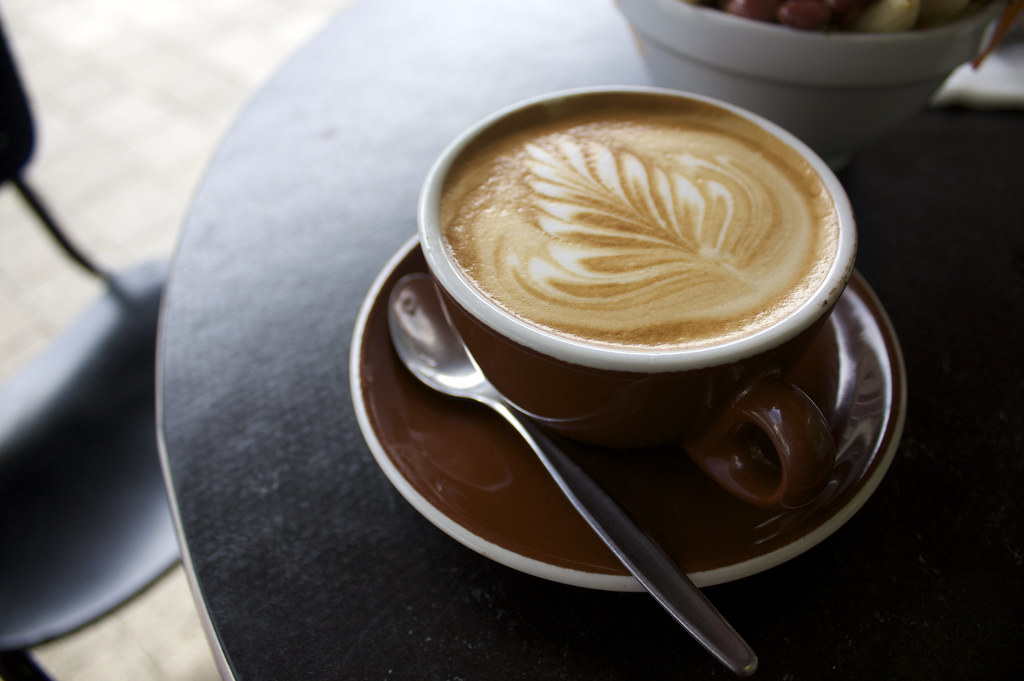
2. **Excessive Syrup Pumps**The allure of flavored coffee is undeniable. With the late-20th century rise of syrup companies like Torani and Monin, alongside corporate giants like Starbucks, drinks deviating from the traditional Italian coffee lexicon have pushed to the forefront of cafe menus. A vanilla latte, once an oddity, is now a staple. This trend has empowered customers with an incredible array of flavor choices, allowing them to personalize their drinks to their heart’s content. However, this freedom comes with a hidden cost for baristas when the personalization verges on the extreme.
According to former Starbucks employee Kaleigh French, “The amount of syrup people put in their drink is astounding.” She recalled one particularly memorable order that was “like half the cup of syrup.” This isn’t an isolated sentiment. Baristas across various platforms, including Reddit, echo this quiet frustration. One person recounted a regular’s order: “a no ice, venti pink drink made with sweet cream, 4 vanilla powder scoops, 9 vanilla syrup pumps, and vanilla bean cold foam,” only for the customer to “send it back because it isn’t sweet enough.”
Another barista on Reddit succinctly captured the feeling with, “More than six to eight pumps of any given syrup. Tell me you actually hate coffee without telling me.” This highlights a core issue: at a certain point, the sheer volume of syrup begins to overpower the coffee itself, transforming the beverage into something closer to a sugary dessert than a coffee drink. Baristas, who are often passionate about the nuanced flavors of coffee, can find it disheartening to see the very essence of their craft drowned out by an excess of sweetness.
Beyond the flavor profile, excessive syrup adds to the physical effort and cost for the establishment. Each pump needs to be accurately dispensed, and in a fast-paced environment, this slows down the process. More importantly, it speaks to a perception among some customers that more is always better, without considering the delicate balance that defines a well-crafted drink. While baristas are committed to fulfilling customer requests, there’s an unspoken line where customization crosses into a territory that challenges the very idea of a “coffee” drink.
Read more about: From Snacks to Staples: 7 Must-Buy Costco Items Savvy Reddit Shoppers Swear By
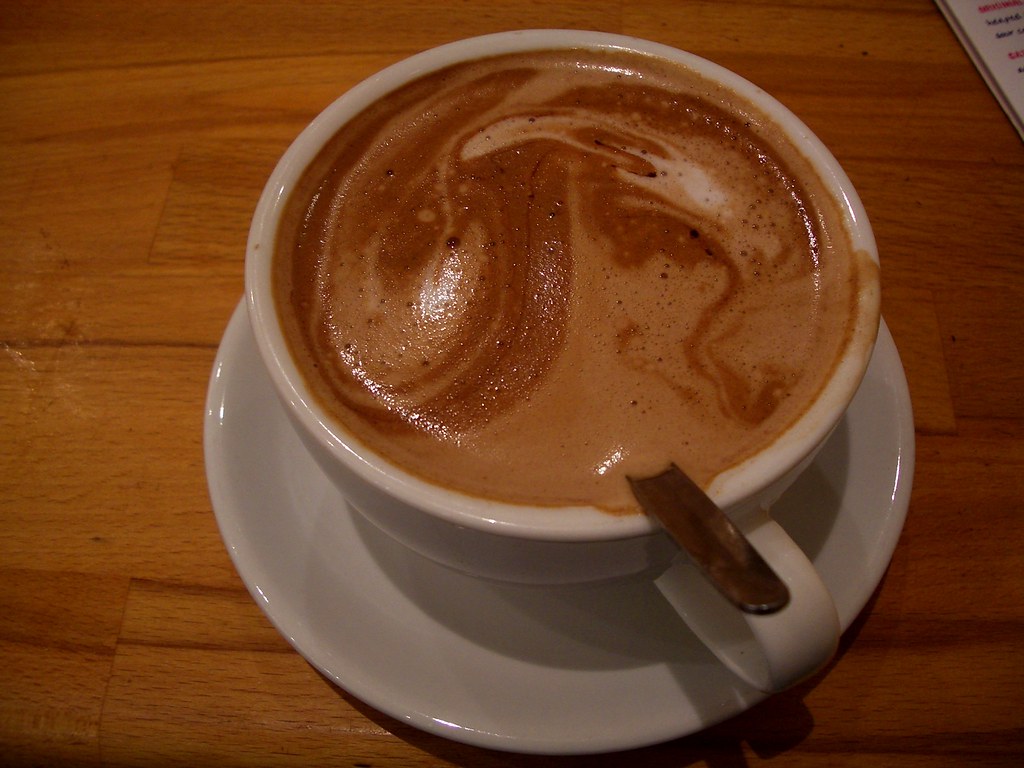
3. **Matcha Lattes**Matcha has soared in popularity, celebrated for its vibrant green hue, unique earthy flavor, and purported health benefits. It’s a staple on many coffee shop menus, offering a non-coffee alternative that appeals to a wide demographic. However, beneath its trendy exterior, the matcha latte presents a specific set of challenges for baristas that can turn a seemingly simple order into a minor ordeal. It’s not just about mixing; it’s about a particular ingredient with a mind of its own.
Kaleigh French, the former Starbucks employee, describes making matcha lattes as “soooo annoying.” Her primary grievances stem from the nature of the matcha powder itself: “It’s a powder that gets everywhere and then you have to shake it and it foams up so like half the drink is foam.” This vividly paints a picture of the behind-the-counter reality. Matcha powder is incredibly fine, making it prone to scattering, staining surfaces, and creating a general mess. Unlike liquid syrups, it doesn’t just blend in; it requires vigorous whisking or shaking to properly dissolve and integrate, especially to avoid clumping.
The act of shaking, while necessary for a smooth matcha, inherently introduces air and creates foam. While some foam is expected, an excessive amount can alter the drink’s texture and reduce the actual liquid volume, leading to potential customer dissatisfaction. This is particularly true for iced matcha lattes, where the foamy head can be even more pronounced. Baristas are then left trying to manage this foam, often having to wait for it to settle or adjust the pour, adding precious seconds to the preparation time during peak hours.
Furthermore, the quality of a matcha latte relies heavily on proper mixing. Any remaining clumps of powder can result in a gritty, unpleasant drinking experience. This means baristas must dedicate extra attention and effort to each matcha order, ensuring a smooth, consistent beverage. So, while customers might simply see a beautiful green drink, their barista is often battling rogue powder and stubborn foam to deliver that perfect sip, making it one of those drinks quietly wished away when the order queue is long.
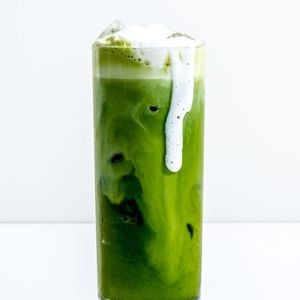
Iced Matcha Latte
Ingredients
Equipment
Method
- Sift the matcha powder into a small bowl to remove any lumps, ensuring a smooth texture.
- Add 2-3 tablespoons of hot water (around 175°F/80°C) to the sifted matcha.
- Using a matcha whisk (chasen) or a small wire whisk, vigorously whisk the matcha and water until a smooth, bright green, and frothy paste forms.
- Add the sugar to the whisked matcha and stir until fully dissolved.
- Fill a serving glass with ice cubes.
- Pour the whole milk over the ice in the glass.
- Gently pour the whisked matcha mixture over the milk and ice.
- Stir gently to combine all ingredients before serving.
- Serve immediately and enjoy your refreshing iced matcha latte.
Notes
Read more about: Spill the Beans! What Your Starbucks Order Says About Your Personality, Backed by Science (and Barista Secrets!)
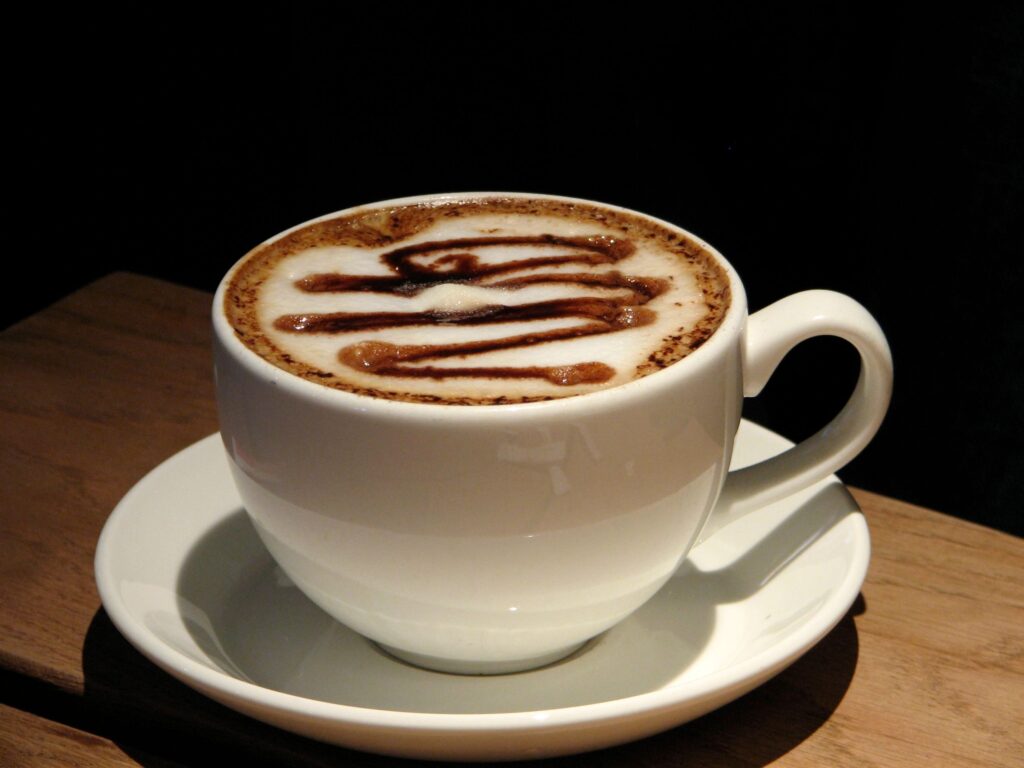
4. **Iced Matcha with Cold Foam**Building on the previous point, if a regular matcha latte presents its own set of challenges, then the “iced matcha with cold foam” takes those difficulties to a whole new level of barista exasperation. This particular concoction, which combines the finicky nature of matcha powder with the specific, often delicate, creation of cold foam, can push a barista’s patience to its limits. It’s a double whammy of technique and potential mess, making it a standout “dreaded” drink for many.
One barista on Reddit articulated this sentiment perfectly, stating, “For me, [the worst drink] is iced matcha with cold foam. Not even Fraps make me sigh like that drink idk why.” This powerful comparison — that it’s even more sigh-inducing than Frappuccinos — underscores just how taxing this order can be. It’s not merely about the individual components but how their combination amplifies the preparation hurdles.
First, you have the iced matcha base, which, as discussed, requires thorough mixing to prevent clumps and manage foam. This already demands significant attention. Then, you introduce cold foam, which necessitates a separate process, often involving specific equipment like a frothing pitcher or blender to achieve the desired creamy, aerated texture. Creating the perfect cold foam requires precision in milk type, temperature, and aeration technique, especially if specific non-dairy alternatives are requested, which can be notoriously difficult to foam properly.
The layering of cold foam atop an iced matcha also presents aesthetic and structural challenges. The foam needs to hold its form and sit appealingly on the green liquid, which isn’t always straightforward, especially if the matcha base is too frothy itself. The distinct visual appeal of this drink, often popularized on social media, adds an unspoken pressure for baristas to achieve a picture-perfect presentation, further intensifying the effort for what might seem like a simple customization to the customer. It’s a complex, multi-step process that, when combined, creates a notorious challenge behind the counter.
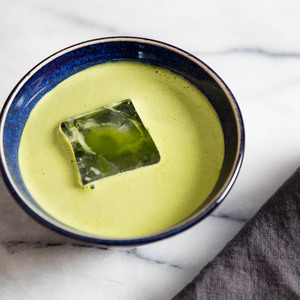
Frothy Iced Matcha Green Tea Recipe
Ingredients
Equipment
Method
- Measure 2 teaspoons (6g) of Japanese matcha green tea.
- For best results, sift the measured matcha through a fine-mesh strainer into a small bowl to prevent any lumps.
- Add approximately 2 ounces (60ml) of the cold water to the sifted matcha in the bowl.
- Using a bamboo whisk (chasen) or a small electric frother, vigorously whisk the matcha and water in a rapid ‘W’ or ‘M’ motion for 30-60 seconds.
- Continue whisking until a fine, even layer of foam forms on the surface and the matcha is fully dissolved.
- Pour the remaining 6 ounces (175ml) of cold water into the whisked matcha, gently stirring to combine.
- Fill two serving glasses generously with ice cubes.
- Divide the frothy iced matcha equally between the two prepared glasses.
- Serve immediately and enjoy the refreshing beverage.
Notes
Read more about: Spill the Beans! What Your Starbucks Order Says About Your Personality, Backed by Science (and Barista Secrets!)
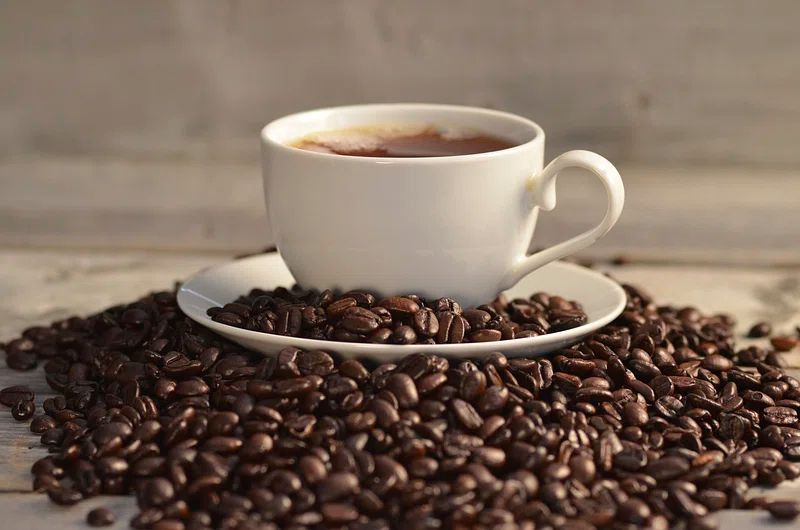
5. **Starbucks-Style Macchiatos (at an independent shop)**The world of coffee has its own lexicon, and sometimes, a single word can mean vastly different things depending on where you order. This semantic divergence becomes a significant source of frustration for baristas, particularly when customers expect a “Starbucks-style” Macchiato at an independent coffee shop that adheres to traditional Italian definitions. It’s a classic case of mistaken identity, leading to frequent misunderstandings and sometimes, heated exchanges.
Former barista Gaby Viano tells Delish about her experience: “I hated whenever a customer would order a Macchiato, or specifically, a Caramel Macchiato at the small coffee shop I worked at.” She clarifies the core of the issue: “The Starbucks version is like a caramel latte with a caramel drizzle, but an actual Macchiato is Italian, which is a tiny drop of milk with espresso.” This distinction is crucial. An Italian Macchiato, or “caffè macchiato,” truly means “stained coffee”—a shot of espresso “marked” with a small amount of steamed milk or foam. It’s a short, strong, espresso-forward drink.
The problem arises when customers, accustomed to the much larger, sweeter, and milkier Starbucks Caramel Macchiato (which, in essence, is an upside-down latte), order the same term at a traditional cafe. Viano recounts, “People would order a Macchiato thinking it’s like Starbucks, but it’s literally just a shot of espresso and it always created a lot of problems and complaints.” Baristas are trained to prepare drinks according to the shop’s menu and industry standards, and when those don’t align with a customer’s preconceived notion, it leads to inevitable disappointment and often, conflict.
This misunderstanding not only causes baristas extra work in explaining the difference or remaking drinks but can also lead to customers feeling misled or even angry, as Viano’s experience attests. It highlights the importance of customers knowing what they’re truly ordering, especially when venturing beyond familiar corporate chains into the diverse landscape of independent coffee shops. For baristas, it’s a recurring reminder of the delicate balance between adhering to traditional definitions and navigating customer expectations shaped by global brands.
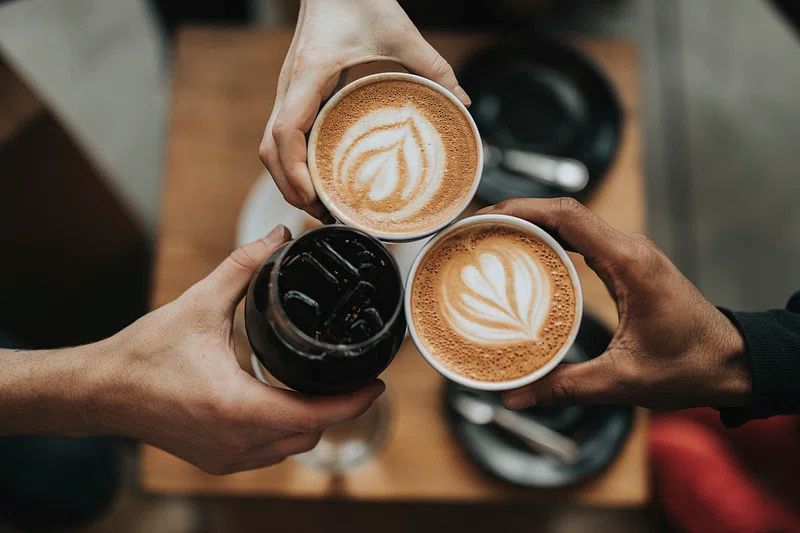
6. **Americanos Without Water (or other basic definitions)**Just like the Macchiato mix-up, another common source of barista dread stems from customers misunderstanding the fundamental composition of well-established coffee drinks, particularly the Americano. This isn’t about complex customizations; it’s about the very basic ingredients that define a classic. When a barista makes a drink exactly as it’s defined, only to be met with confusion or anger, it creates an incredibly frustrating and demoralizing experience.
Gaby Viano, the former barista, provides a stark example of this: “One time this man got mad at me because I put water in his Americano.” She continues, bewildered, “I’m like, ‘an Americano is water with espresso.’ Mind you I made this for him everyday, too. He freaked out and was screaming at me. He told me I was ‘stupid.’” This anecdote perfectly encapsulates the exasperation baristas feel when confronted with such fundamental misinterpretations, especially from regular customers who should, presumably, be familiar with their daily order.
An Americano, by definition, is a shot (or two) of espresso diluted with hot water. Its creation is believed to have originated during World War II, when American soldiers in Italy would add water to espresso to make it more akin to the drip coffee they were used to. It’s a simple, classic preparation. To have a customer express outrage over the inclusion of its defining ingredient is not only baffling but also deeply disrespectful to the barista’s knowledge and skill.
This issue extends beyond just Americanos. Another barista online vented, “[I hate when someone orders] anything extra hot with no foam. It’s gonna be foamy if you steam it to hell and back.” This perfectly illustrates how some customer requests directly contradict the physics of coffee preparation. Steaming milk to “extra hot” temperatures inherently creates foam. Asking for “no foam” in such a scenario is an impossible demand, forcing baristas into a no-win situation where they either fail to meet the request or explain the basic principles of milk steaming, which can often be met with skepticism. These situations underscore a broader issue of customer education and patience, making such orders quietly dreaded for the inevitable confrontation or perceived failure they bring.

7. **Drinks with Double-Digit Modifications**If you thought a few extra pumps of vanilla were pushing it, prepare yourself for the truly epic orders that send baristas into a silent tailspin: those infamous drinks with modifications in the double-digits! Yes, you read that right. We’re talking about a symphony of syrup changes, milk swaps, temperature adjustments, added powders, drizzles, and foam requests that can turn a seemingly simple latte into a culinary blueprint worthy of an architectural diagram. It’s the kind of order that, from a barista’s perspective, genuinely “is an obvious red flag.”
Now, baristas are absolute pros at customization; it’s a huge part of what makes your local coffee shop so appealing. But there’s a delicate balance. Each modification, while seemingly minor on its own, adds a mental and physical step to the drink-making process. When you start piling on ten, twelve, or even fifteen distinct alterations to a single cup, you’re asking your barista to perform a high-stakes, real-time memory game while juggling multiple other orders during a busy rush.
Imagine the organized chaos of the bar during peak hours. Each ingredient must be carefully measured, mixed, and layered precisely as requested. These ultra-customized drinks don’t just take longer to prepare; they can monopolize equipment, slow down the entire line, and significantly increase the margin for error. The pressure to get every single detail right, knowing the customer is expecting their perfect, unique concoction, can be incredibly stressful for the person trying to keep a smile on their face. It truly transforms a simple coffee order into a complex project.
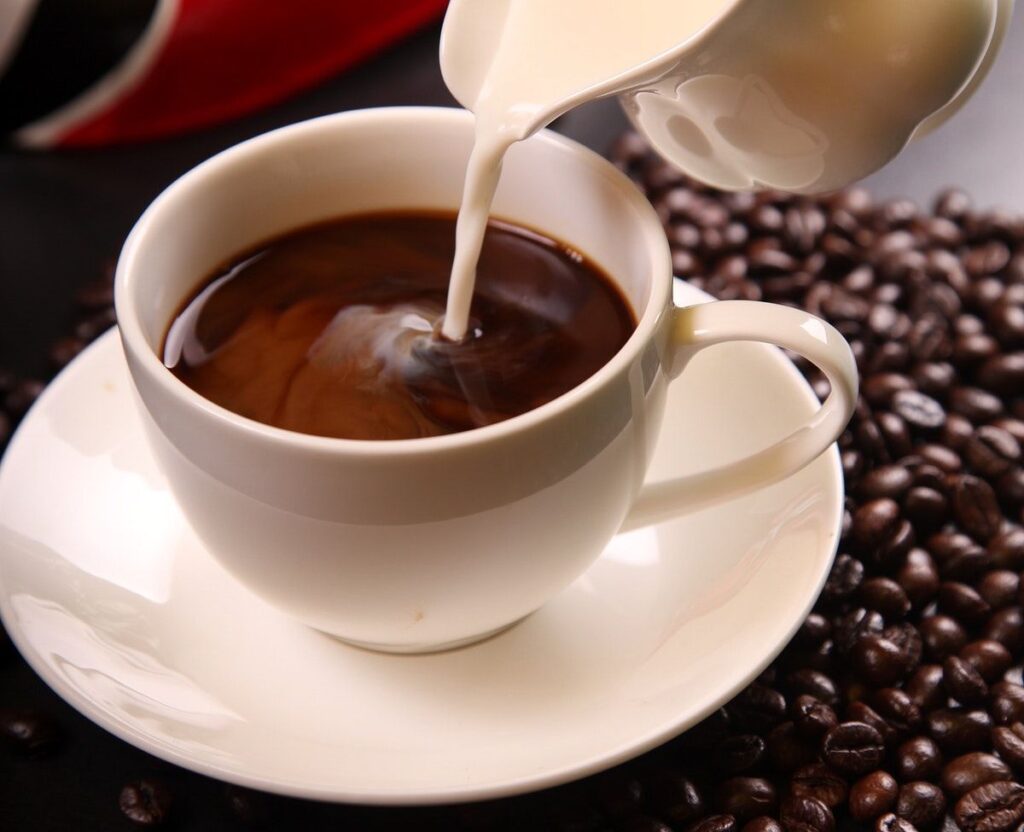
8. **Multi-Layered Blended Creations**While Section 1 already touched upon the general dread of Frappuccinos, there’s a special tier of blended beverage that takes barista exasperation to another level: the multi-layered blended creation. We’re talking about those intricate drinks, often popularized by viral social media trends, that demand distinct layers of different colors, flavors, and textures, all within one cup. It’s not just blending; it’s an art form that often comes with a significant operational cost.
For example, the context mentions that “Multi-layered Frappuccinos, for instance, can require several blenders to make.” Think about that for a second. In a bustling coffee shop, blenders are prime real estate. They’re constantly in use for smoothies, other blended coffees, or even just frothing cold foam. Dedicating multiple blenders to a single, multi-component drink means that other orders are backing up, machines are tied up, and the entire workflow grinds to a noticeable, often frustrating, halt.
These drinks often involve blending separate bases with different ingredients before carefully pouring and layering them to create that visually stunning, Instagram-worthy effect. This process is time-consuming, messy, and requires meticulous attention to detail to ensure each layer is distinct and appealing. The demand for a picture-perfect presentation, fueled by social media’s aesthetic standards, adds an unspoken pressure, making these elaborate concoctions a true test of a barista’s patience and multi-tasking abilities, especially during a busy shift.
Read more about: Beyond the Bar: How Automated Blenders Are Redefining Freshness and Efficiency in the Juice Industry
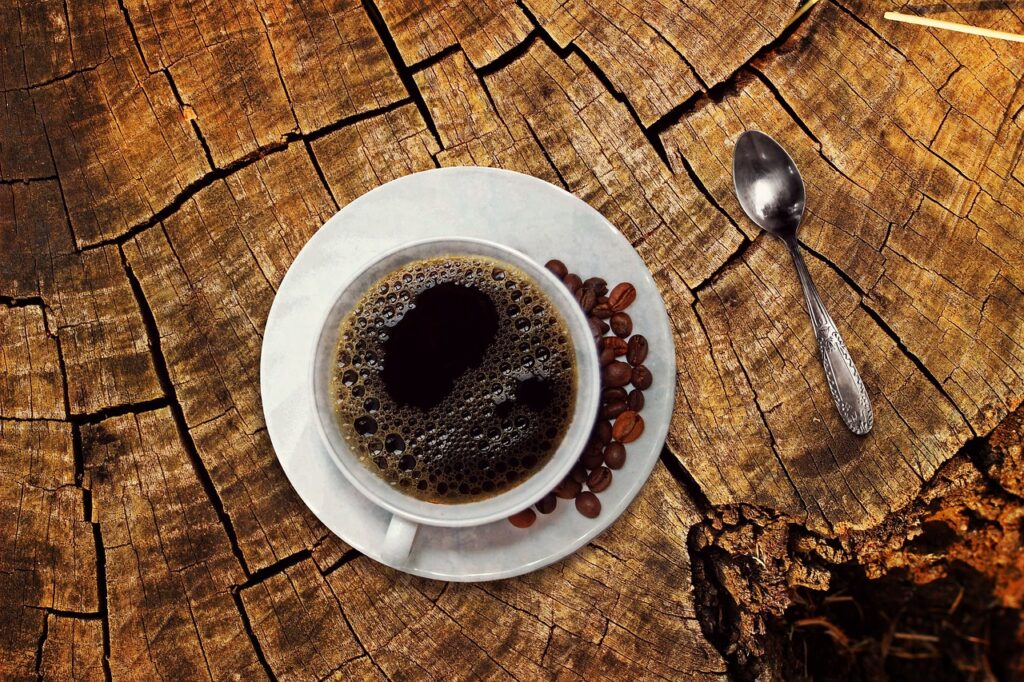
9. **Vague “Secret Menu” or TikTok-Inspired Requests**Ah, the “secret menu.” It sounds so mysterious, so exclusive, doesn’t it? Like you’re in on a special club! But for baristas, these elusive orders, especially those born from viral TikTok videos or vague online pictures, are often a major source of silent panic. The challenge arises because, as the context points out, “Customers can be vague when ordering. They might show their barista a picture of a drink they saw online or ask for a ‘secret menu’ beverage by name only, without specifying what goes into the drink.”
The thing is, baristas are expertly trained on their *official* menu. They know the recipes inside and out, from the standard lattes to the seasonal specials. But they are absolutely not expected to be encyclopedias of every single fan-invented concoction circulating on the internet. There isn’t a “Secret Menu Handbook” behind the counter! When a customer simply asks for a “Skittles Frappuccino” or a “Pink Drink with a twist” without providing the actual recipe, it puts the barista in an incredibly awkward position.
They have to either guess, which usually leads to disappointment, or politely ask for the ingredients, which can make the customer feel embarrassed or annoyed. This back-and-forth eats up valuable time, especially during a rush, and creates unnecessary stress. It’s a classic example of how something fun and shareable online can translate into a moment of quiet dread for the person trying to make your drink perfect. A little specificity goes a long way here!
10. **The Impossible “Extra Hot, No Foam” Request**Some customer requests don’t just add complexity; they actively defy the laws of physics and common sense. One such order that sends shivers down a barista’s spine is the infamous “extra hot with no foam” request. It sounds simple enough, right? Just make it super hot and get rid of the bubbly stuff. Oh, if only it were that easy! As one exasperated barista online vividly put it, “[I hate when someone orders] anything extra hot with no foam. It’s gonna be foamy if you steam it to hell and back.”
Here’s the science bit: when milk is steamed, especially to a very high temperature, the process of heating and aerating it naturally creates foam. The hotter you make it, the more vigorous the steaming, and the more foam is generally produced. It’s an inherent part of the process! Asking for “no foam” in an “extra hot” drink is essentially asking a barista to create a unicorn – something that simply cannot exist given the physical properties of milk and steam.
This demand places baristas in an unwinnable situation. They either have to attempt the impossible, knowing they’ll likely fail to meet the customer’s exact (and contradictory) specifications, or they have to embark on an awkward explanation of basic milk-steaming thermodynamics. Neither option is ideal in a fast-paced customer service environment. It’s a quiet dread born from knowing you’re about to be asked to do something literally impossible, and potentially face a grumpy customer for not delivering on an unreasonable expectation.
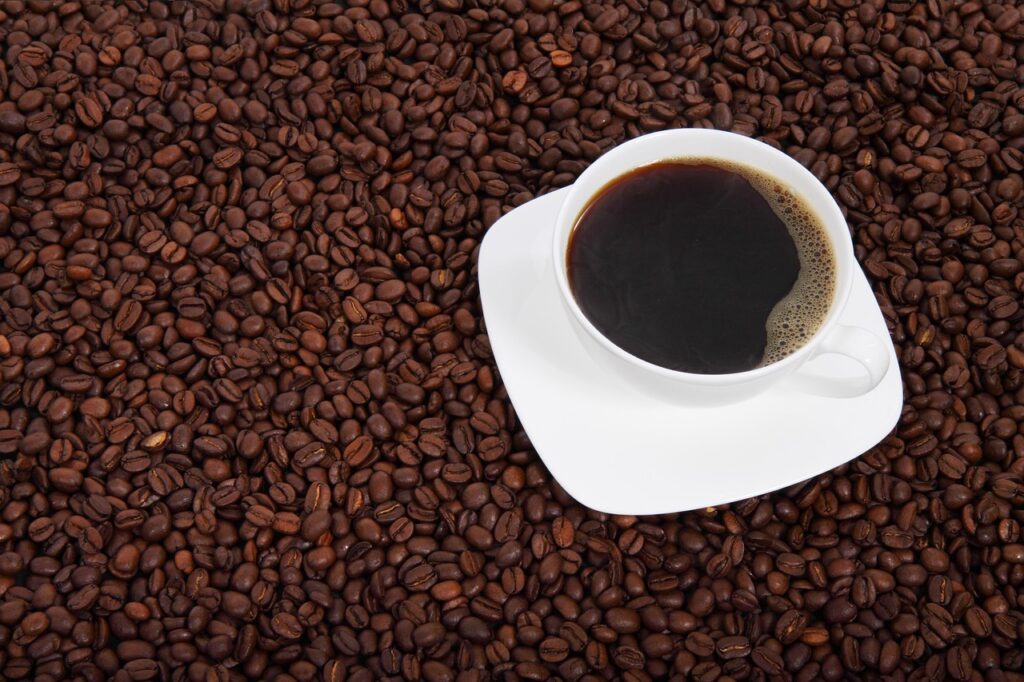
11. **Non-Dairy Milk Foaming Fiascos (especially “dry” requests)**The rise of non-dairy milk alternatives has been a game-changer for many, offering delicious options for those with dietary restrictions or preferences. Almond, oat, soy, coconut – the choices are abundant! However, for baristas, these popular plant-based milks often present a unique set of challenges when it comes to steaming and foaming, particularly for specific drink styles like a “dry cappuccino.” The context explicitly mentions “a non-dairy dry cappuccino that’s super difficult to foam up.”
Unlike traditional dairy milk, which has a specific protein and fat structure that allows for consistent, velvety microfoam, non-dairy milks behave quite differently. Some foam beautifully, others barely at all, and some create large, unstable bubbles that quickly dissipate. Achieving that perfect, stable foam for a latte art masterpiece or the thick, airy head of a “dry” cappuccino (which is mostly foam) becomes significantly harder, requiring precise technique and often multiple attempts.
When a customer orders a “dry cappuccino” with, say, almond milk, the barista is entering a high-stakes battle against physics. They’re trying to coax a substantial amount of stable foam out of a liquid that often resists it, all while maintaining the correct temperature and consistency. This can lead to frustration, wasted milk, and a drink that simply doesn’t meet the customer’s visual or textural expectations. It’s a daily dance of trial and error that adds an extra layer of difficulty to an already demanding job.
12. **The Uninformed or “Surprise Me” Order**We’ve talked about specific dreaded drinks, but sometimes the challenge isn’t the drink itself, but the order, or lack thereof! This category encompasses orders that are simply too vague, too open-ended, or reveal a fundamental lack of understanding about what’s actually on offer. While it might seem friendly to say “surprise me!” or ask for “something sweet,” these well-intentioned requests can leave baristas feeling stumped and stressed, especially when they’re trying to move a line along.
Consider Viano’s experience, mentioned earlier, with the Americano customer who “freaked out and was screaming at me. He told me I was ‘stupid'” for putting water in his Americano. This highlights a deeper issue: a lack of basic knowledge about common coffee definitions. While baristas are there to educate and guide, they can’t be expected to fully understand a customer’s unspoken preferences or teach them coffee 101 during every rush. When a customer orders something without truly knowing what it is, or what it *should* be, it’s a recipe for confusion and potential conflict.
Similarly, an overly vague request like “I just want something cold and sweet” can be a barista’s nightmare. With hundreds of possible combinations, narrowing down the perfect drink without more specific guidance is like finding a needle in a haystack. It adds significant mental load and decision-making pressure to a role that’s already demanding speed and precision. For baristas, clarity and a bit of informed choice from the customer can truly make all the difference, transforming a moment of dread into a smooth, satisfying interaction.
***
So, there you have it: a peek behind the curtain at some of the orders that make baristas quietly, or sometimes not so quietly, sigh. But here’s the cool thing: understanding these little behind-the-bar challenges isn’t about shaming anyone! It’s actually about making your coffee experience, and your barista’s day, even better. Because let’s be real, a happy barista makes for a happier cup of joe!
Want to spread some good vibes? It’s easier than you think! Viano, the former barista, shared how much she loved practicing latte art, saying, “Seeing someone take a picture of their latte I made is the best feeling ever.” A simple compliment on their beautiful foam heart? Instant mood booster! And if you’re a regular who likes to “overshare” about your day, as Viano also noted, your barista might just become your favorite emotional support human.
Even better, you can be that customer who brightens their day with an easy order. Viano loved cold brew customers because “It’s easy to make because you pour it over ice.” Or try one of those simple, barista-approved customizations that Starbucks even highlights, like a caramel-lined cup, a matcha cold foam (on a chai, perhaps!), or a ristretto shot. These quick, easy tweaks still make your drink special without sending them into a panic. Ultimately, coffee should be fun for everyone involved, from the first sip to the last perfectly crafted drop.

